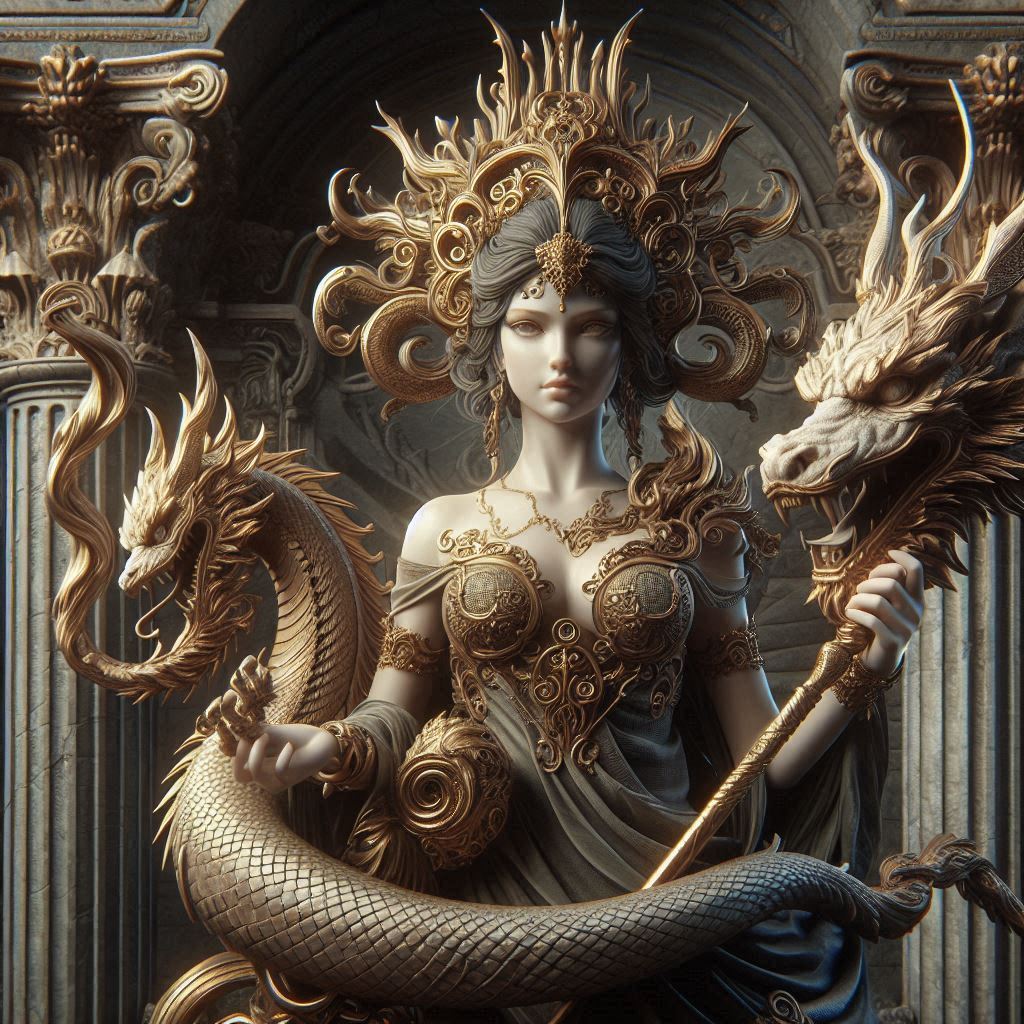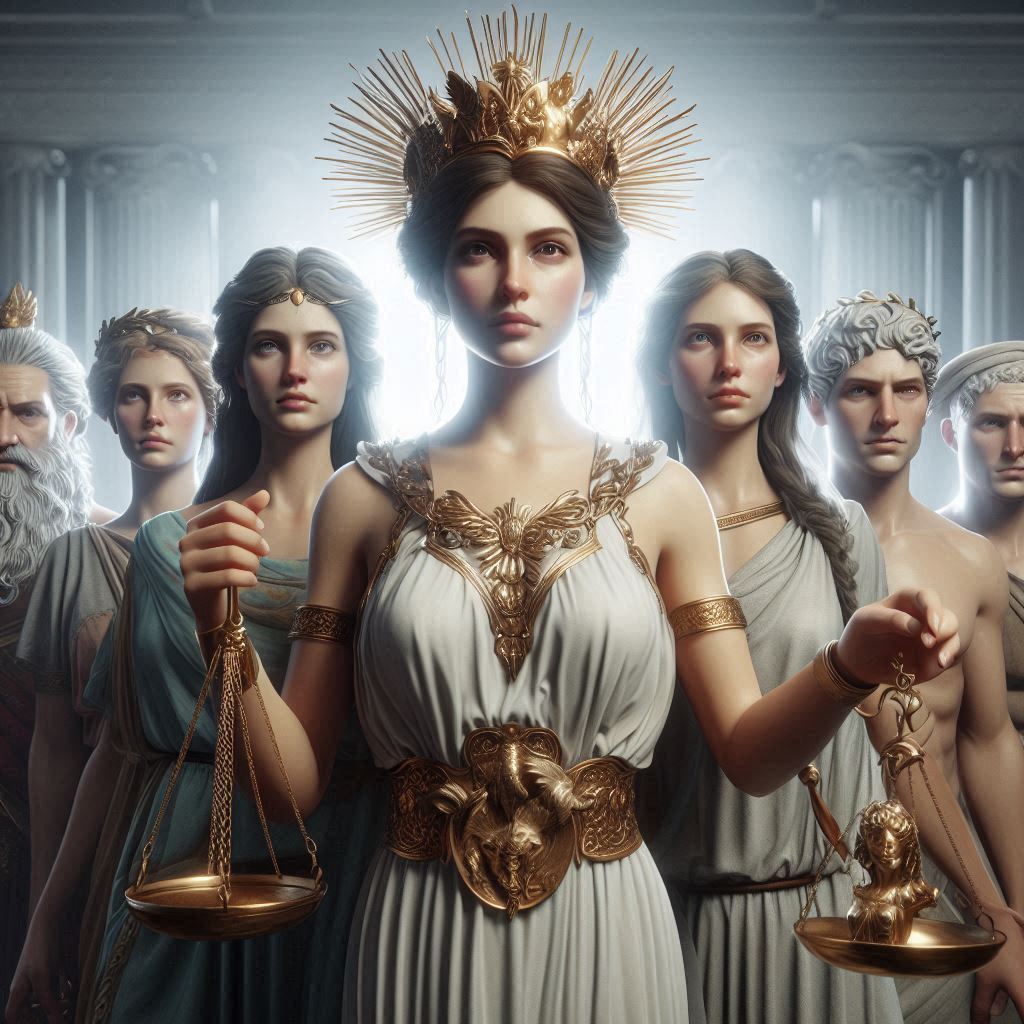Table of Contents
The Evolution of Contemporary Literature from the 20th Century
Contemporary literature, though deeply rooted in the traditions and innovations of the 20th century, reflects profound shifts in global culture, technology, and societal norms. This essay will explore the key differences between contemporary literature and that of the 20th century by examining how themes, narrative techniques, literary forms, and the role of the writer have evolved. By doing so, we will see how literature, as a mirror of society, has adapted to the complexities and rapid changes of the modern world.

1. Themes and Subject Matter
The themes explored in literature have always been reflective of the concerns and ethos of the time. The 20th century saw the rise of modernist and postmodernist movements that questioned traditional values, explored psychological depth, and expressed disillusionment, particularly in the wake of World Wars and the existential crises they provoked. Authors like Virginia Woolf, James Joyce, and William Faulkner introduced themes of alienation, fragmented identity, and the loss of meaning, often challenging the linear narratives that had dominated literature previously.
In contrast, contemporary literature is much more diverse in its thematic explorations, reflecting a more globalized world with a wider range of voices. The rise of identity politics, postcolonialism, gender studies, and ecological awareness have greatly expanded the range of topics explored. Today’s literature delves into intersectionality, environmental degradation, and the digital transformation of human life. The works of writers like Chimamanda Ngozi Adichie, Margaret Atwood, and Haruki Murakami, for instance, reflect concerns about gender, race, migration, and the influence of technology on reality, which were not at the forefront of 20th-century literary discourse.
2. Narrative Structure and Form
Modernist literature introduced a significant break from traditional narrative forms, opting for stream-of-consciousness techniques, fragmented structures, and unreliable narrators. Postmodernism, emerging in the mid-20th century, took this experimentation further, playing with metafiction, pastiche, and non-linear narratives. Writers like Jorge Luis Borges, Italo Calvino, and Kurt Vonnegut sought to blur the lines between reality and fiction, offering readers multilayered texts that questioned the nature of storytelling itself.
Contemporary literature continues this experimentation but has embraced even more fluid and hybrid forms. In the digital age, there is a growing interconnection between various media—literature is no longer confined to the printed book. The rise of digital platforms, social media, and hypertext have inspired new ways of constructing stories, allowing for more interactive and non-linear narratives. Writers like Jennifer Egan in A Visit from the Goon Squad or David Mitchell in Cloud Atlas illustrate this trend toward narrative innovation, using fragmented timelines and multiple perspectives, often with subtle links to real-world technologies or futuristic settings.
Moreover, the boundaries between genres have further eroded. The division between “high” and “low” literature is increasingly blurred, with genres like science fiction, fantasy, and graphic novels gaining literary acclaim. Authors like Neil Gaiman and Marjane Satrapi have brought graphic novels into the mainstream, while writers like Kazuo Ishiguro blend speculative fiction with literary realism.
3. The Role of Technology and the Internet
One of the most profound differences between contemporary literature and that of the 20th century is the pervasive influence of technology. In the 20th century, the industrial revolution, the World Wars, and the rise of mass media changed the way literature was produced and consumed, but these changes pale in comparison to the transformative power of the internet and digital technologies on contemporary writing.
Today’s writers are not only influenced by the content of the digital world but also by the forms of interaction that new technologies enable. Self-publishing, e-books, and digital platforms like Wattpad have democratized access to literary production, allowing writers from all corners of the world to publish and reach an audience without traditional gatekeepers. This has led to a much broader spectrum of voices and stories being told. Furthermore, the internet has fostered the rise of global literary communities, breaking down geographical and cultural barriers that limited the reach of writers in the 20th century.
The presence of social media has also shifted the relationship between author and reader. In the 20th century, authors were often distant, mediated through publishers, critics, and the occasional interview. In contrast, contemporary writers frequently engage with their audience directly through Twitter, Instagram, or blog posts. This has changed the nature of literary fame and influence, allowing for a more immediate feedback loop between reader and writer, but also potentially diluting the sense of literary authority.
4. Globalization and the Polyphonic World of Literature
While 20th-century literature was deeply influenced by European and American traditions, contemporary literature has become truly global. Writers from previously marginalized regions—Africa, Asia, Latin America, and the Middle East—are no longer peripheral but central to the literary conversation. This shift reflects both geopolitical changes and the impact of globalization, with cross-cultural influences enriching the texture of contemporary fiction.
For instance, the rise of translation as a major part of literary production has allowed works from around the world to be accessible to a wider audience. Writers like Elena Ferrante from Italy, Han Kang from Korea, and Mohsin Hamid from Pakistan have become international figures, with their works deeply resonating beyond their cultural contexts. This polyphonic nature of contemporary literature makes it markedly different from the more regionalized and nationalistic tendencies of the 20th century.
5. Identity, Gender, and the Margins: A Decolonized Literature
Contemporary literature is also deeply shaped by the movements for social justice and inclusion that began in the late 20th century but have gained even greater momentum in the 21st century. Feminist literature, which gained prominence with writers like Virginia Woolf and Simone de Beauvoir, has given rise to even more diverse explorations of gender, sexuality, and power dynamics. Queer literature, the voices of women of color, and a more nuanced understanding of identity politics are central to contemporary literary discourse.
Writers such as Ocean Vuong, Roxane Gay, and Arundhati Roy use literature as a space for exploring the complex layers of identity, often dismantling the binaries that 20th-century literature tended to uphold. This focus on marginalized voices not only expands the themes explored but also shifts the power dynamics within literary production, with a more inclusive approach to who gets to be heard and whose stories matter.
Conclusion
While contemporary literature is indebted to the innovations and upheavals of the 20th century, it has evolved to reflect a much more interconnected, diverse, and technologically mediated world. Themes have expanded to include the digital transformation of life, the fragility of ecosystems, and the intersection of multiple identities.
Narrative forms have grown more fluid, blending genres and embracing hybridity, while the global reach of literature has broadened thanks to the internet and translation efforts. Moreover, the democratization of literary production and the focus on marginalized voices suggest a literature that is increasingly polyphonic, reflecting the multiplicity of human experience in ways that 20th-century literature, despite its innovations, did not fully anticipate. Thus, contemporary literature stands as both a continuation and a radical reimagining of the literary legacy it inherits.


No responses yet